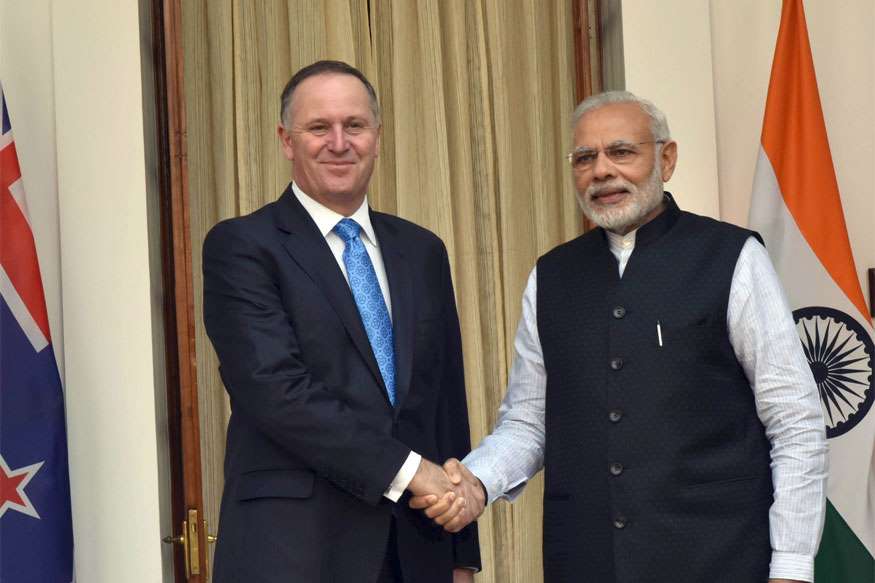May 3, 2012
Bangalore: High inflation and a moderate economic growth have taken away the "feel good" aspect for several Indians. 31 percent Indians rate their lives as "suffering" in 2012 compared to 24 percent in 2011 suggests the Gallup's Financial Wellbeing Index.
May 3, 2012
Bangalore: High inflation and a moderate economic growth have taken away the "feel good" aspect for several Indians. 31 percent Indians rate their lives as "suffering" in 2012 compared to 24 percent in 2011 suggests the Gallup's Financial Wellbeing Index.
The well being in India was divided into three categories- suffering, struggling and thriving based on how the respondents rated their current and future lives. Only around 13 percent respondents said they are "thriving" in comparison with 21 percent in 2006. 56 percent respondents said they are struggling.
The report suggested that the suffering levels among the most educated and the least educated Indians propose that the gaps between the haves and have-nots may actually be widening. More than 35 percent of Indians who have not completed secondary school are considered suffering in early 2012 compared to 8 percent of those who have completed graduate education or more. As suffering increased in each educational group between 2011 and early 2012, it increased most among Indians with the lowest education. Especially, it jumped to 47 percent in early 2012 from 35 percent in 2011 for the illiterate group.
The report also highlighted that suffering grows among agricultural workers. Even though more than half of India's economic output comes from highly skilled technology services, that sector employs one-third of the labor force. More than half of the workforce is engaged in agriculture, part of a low-skilled and lower-paid labor pool. Even as suffering increased somewhat among Indian white-collar and blue-collar workers between 2011 and early 2012, it increased most for agricultural workers. Now, roughly twice as many agricultural workers (38 percent) as white-collar workers (17 percent) rate their lives poorly enough to be considered suffering.
The economy has slowed down in recent months, largely due to government inaction and high interest rates, prompting many firms to postpone projects or relocate to other markets to pursue higher growth ambitions. Consequently, job creation has also suffered and the pace of income growth has moderated.
The level of suffering has increased in every income group over time. In the middle income group of 20 percent population, the proportion rose from 15 percent in 2011 to 32 percent now. In case of the richest 40 percent the numbers went up from 10 percent a year ago to 22 percent this year, while the smallest jump was in the poorest 40 percent surveyed, where the increase was from 34 percentage points to 38 percent this year.
Jim Clifton, Gallup chairman and CEO said "The key factors affecting Indian citizens' wellbeing are income, education, and employment, all linked and influenced by the workplace," as reported by TOI.
Another interesting finding was that 36 percent of the rural population said that they were suffering compared to 21 percent in urban areas. On a scale of 1 to 5 India was rated 3.9, 4, 2.4, 4 and 3.3 on career, social, financial, physical and community well being.
Courtesy: indolink













































































































